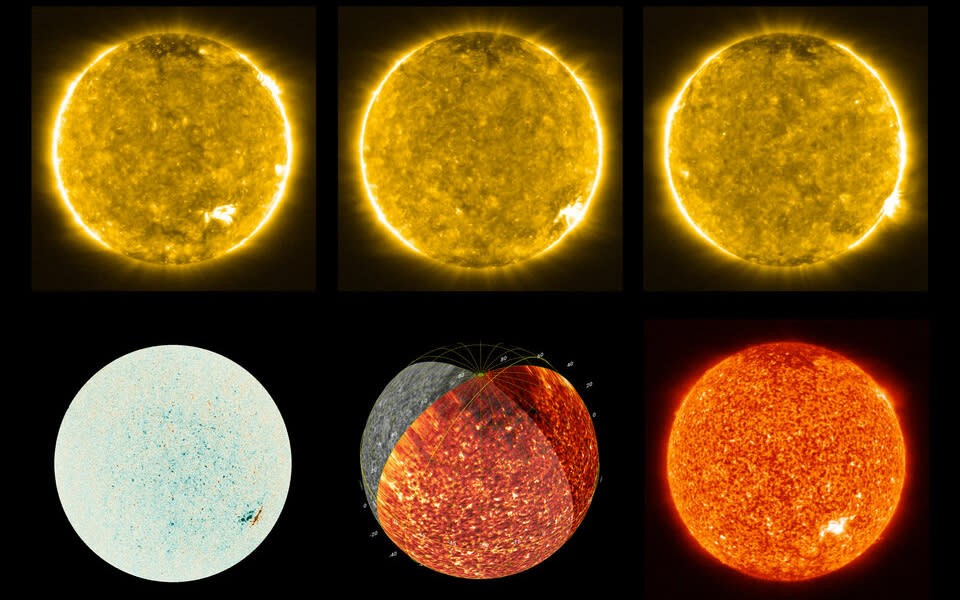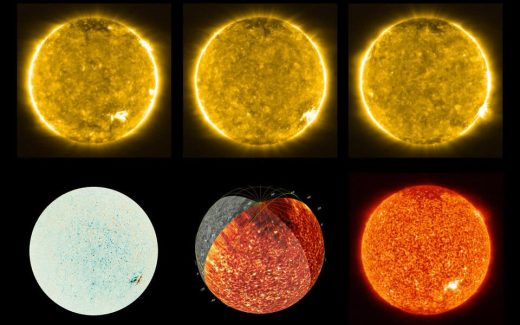The Solar Orbiter spacecraft may have discovered what powers solar winds
NASA and ESA share the closest images ever taken of the Sun
The images were taken by the Solar Orbiter.

Today, NASA and the European Space Agency (ESA) shared the closest pictures ever taken of the Sun. These are the first images taken by the agencies’ Solar Orbiter, which launched in February. The pictures demonstrate the spacecraft’s potential, and they reveal solar features never observed in such detail.
The Solar Orbiter completed its first close solar pass in mid-June and traveled within 48 million miles of the Sun. Images sent back from the Extreme Ultraviolet Imager (EUI) show what scientists are calling “campfires.” They may be mini-explosions, or nanoflares millions of times smaller than solar flares, that help heat the Sun’s outer atmosphere. As the Solar Orbiter continues its mission, NASA and ESA plan to use the spacecraft’s Spectral Imaging of the Coronal Environment (SPICE) instrument to collect more data.
Usually, the first images taken from a spacecraft are simply meant to make sure all of the instruments are working, so it was a bit of surprise that these images point to new findings.
“We didn’t expect such great results so early,” said Daniel Müller, ESA’s Solar Orbiter project scientist. “These images show that Solar Orbiter is off to an excellent start.”
The Solar Orbiter has encountered some of the usual challenges associated with space exploration — in early June, it had an unexpected run-in with comet ATLAS’s ion and dust tails. The mission has also been challenged by the coronavirus pandemic. Mission control at the European Space Operations Center (ESOC) in Germany closed completely for more than a week. And during commissioning, when each instrument is extensively tested, ESOC staff was reduced to only essential personnel.
“The pandemic required us to perform critical operations remotely — the first time we have ever done that,” said Russell Howard, principal investigator for one of Solar Orbiter’s imagers.
With all of the instruments working, the Solar Orbiter is now continuing its mission as planned. Eventually, scientists hope to obtain information about the Sun’s poles. Every 11 years, the poles flip beginning a new cycle of solar activity, which can jeopardize power stations on Earth and could put astronauts in danger.
“Together with our European partners, we’re entering a new era of heliophysics that will transform the study of the Sun and help make astronauts safer as they travel on Artemis program missions to the Moon,” NASA associate administrator Thomas Zurbuchen said previously in a statement.
(15)


